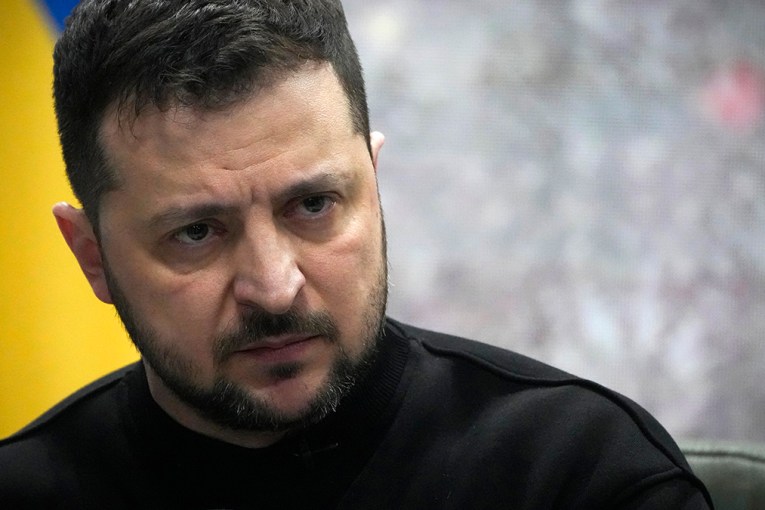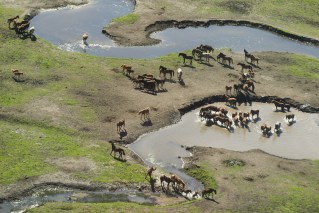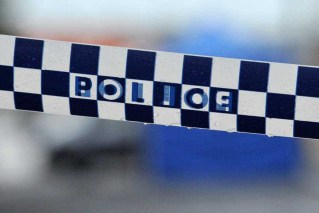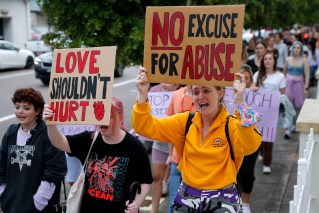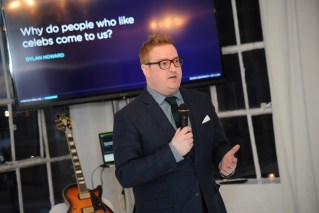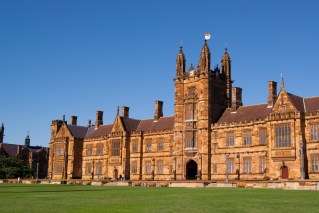Victorian restrictions could be lifted with hotspot ‘ring-fencing’: WHO adviser
Continuing to lock down hotspot suburbs could be a way to reopen parts of Victoria while still containing the spread of coronavirus, an epidemiologist who is advising the World Health Organisation on its COVID-19 response says.
The state is now four weeks into a period of tightened restrictions, which includes the Stage 4 curfew and strict workplace rules in Melbourne, and Stage 3 stay-at-home orders for regional Victoria.
It is now just under a fortnight until the September 13 end date initially announced by the government.
The number of new cases is trending down overall, but Premier Daniel Andrews said infections could “explode” if restrictions were eased at the current level of infections.
“It is still a bit too early for us to be able to map out an absolutely definitive plan,” Mr Andrews said.
“But it will not be much longer before we have more detail. We will have more to say in more detail and with the certainty that I think every Victorian is absolutely entitled to.”
Chief health officer Brett Sutton previously said there was a “smorgasbord” of factors to be considered, rather than a “magic number” that could spell the end of lockdown.
Mr Andrews hinted a firm plan may not be announced until next weekend, saying Victorians had usually been given a week’s notice for the easing of restrictions.

Melbourne’s citywide Stage 4 curfew, from 8pm to 5am daily, is set to run until September 13. Photo: ABC
UNSW epidemiology professor Mary-Louise McLaws, an adviser to the WHO, looks at the number of new infections over a two-week period to analyse trends.
She said the state would be unlikely to leave the “red zone”, meaning more than 100 cumulative cases recorded over a fortnight, for some time – which she said would allow for the virus to keep spreading if restrictions were eased.
“So in the meantime, in order to get some compassion back, I would be thinking about identifying where are some of the hotspots within the metropolitan area, and have that ring-fenced and then ease up elsewhere,” she said.
“Ring-fencing” refers to the locking down of particular postcodes, suburbs or other designated zones where infection rates are high.
“But if you’re going to do that, you can’t have ring-fence lite. You can’t have a lockdown in a hotspot, but let people leave for work,” she said.
Professor McLaws suggested Melbourne’s hotspot suburbs be ring-fenced in June, a day before the government announced the first of the state’s stay-at-home orders for 10 Melbourne suburbs.
Those suburbs have now been under some form of restrictions for almost nine weeks.
As overall active cases across the state continue to decline, so have the caseloads in the worst-hit postcodes, but many areas still have more than 100 active cases.
‘Traffic light’ system could be used in future
Federal Treasurer Josh Frydenberg on Sunday took aim at the “litany of failures” in Victoria’s coronavirus response, including the botched hotel quarantine system and contact tracing delays.
Mr Frydenberg, the federal member for the Victorian seat of Kooyong, said people needed to be given a message of hope for a way out of the lockdown.
“What people want to hear is about how Victoria will get out of this crisis and how people will get back to work and how families can be reunited and how life can get back to normal,” he said.
Mr Andrews said he would provide more detail about consultations with business as soon as today.

People are only allowed to exercise within five kilometres of their homes, for up to an hour a day. Photo: ABC
Authorities have provided few clues about what an easing of restrictions would look like in Victoria, but mask-wearing is likely to be a feature for months to come.
The Premier and chief health officer have also said they are actively considering creating a “household bubble” for single people living alone.
Professor McLaws said a “traffic light system”, based on the number of new infections over a two-week period, could be used across the country.
“You need to be more pre-emptive than reactionary,” she said.
She said a clear and defined number for red, amber and green levels could help people understand why restrictions were being implemented, and prevent lockdowns lasting longer than they needed to.

The wearing of masks is likely to continue well beyond the end of Stage 4 restrictions in Melbourne. Photo: ABC
Prime Minister Scott Morrison flagged the possibility of following the lead of Denmark, which has a colour-coded system for defining hotspots across the country.
Professor McLaws acknowledged her reading of the numbers may be considered conservative, but by her system, it would take up to two months before widespread easing of restrictions was possible in Victoria.
“If you start loosening up restrictions, and I understand it’s so hard, you’ll never get out of this red zone and you’ll have a hard border put up around you for a very long time,” she said.
“So you need to get back to amber and then green, so you never have to put up with this ever again.”
-ABC
